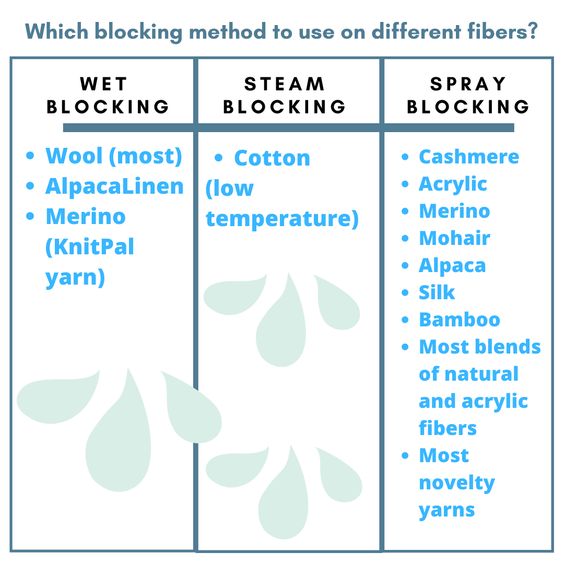Easy Crochet Blocking Techniques. Looking for methods and techniques on how to block your crochet? Well you have come to the right place to find the answers to all your questions.
What is blocking?
Blocking involves introducing moisture to a crochet or knit project to establish and shape its final form.
Why block your crochet?
Blocking your crocheted pieces can significantly enhance the overall appearance of your projects. It aids in straightening edges and achieving consistent stitch tension, making a notable difference in the neatness of your work. This is particularly crucial for crochet sweaters and accessories, where the fit and drape greatly impact the final look of the item. The delicate intricacies of lace stitch patterns become more pronounced and visible after a thorough blocking. Additionally, if your project ended up slightly undersized, blocking can be instrumental in stretching the crochet fabric to meet the desired measurements outlined in the pattern.
What are the different types of blocking in crochet?
In essence, it entails wetting the project and allowing it to dry. Various techniques can be employed for blocking, such as mist blocking, wet blocking, and steam blocking.
Mist Blocking
Materials: Blocking mat, misting spray bottle, pins.
Method: Mist your fabric lightly with water, and lay it flat to dry. If that doesn’t get the job done, pin your project to the desired dimensions, and then mist it and leave it to dry.
When to use mist blocking: This is a good “play it safe” method for blocking. It gives the yarn a little moisture without completely submerging it, and it keeps the yarn from being exposed to too much heat. Only downside is that it takes longer than the steam method.
Wet Blocking
Materials: Blocking mat, tub or sink with cold water, towels, pins.
Method:
- Submerge your project in a tub of cool water and let it soak for 20 minutes.
- Drain the water and gently press out the excess water without wringing or twisting.
- Use towels to blot out the remaining water.
- Lay the project flat on blocking boards to dry.
- If necessary, use pins to stretch it to the desired dimensions on the blocking board.
When to use wet blocking: This method is ideal for projects requiring significant stretching or intense blocking. The stitches are more pliable when wet, making it particularly effective for projects like cotton or wool with intricate lace stitch patterns.
Steam Blocking
Materials: Blocking mat, steamer, or iron with a steam setting, pins.
Method:
- Lay your project flat on the blocking board, securing it with pins if necessary.
- Position the iron just above the project, ensuring it does not make direct contact. Release steam onto the project.
- Utilize the pins to aid in stretching and flattening the project, or use your hand cautiously, avoiding any risk of burns.
When to use steam blocking: This method is ideal for projects requiring a light blocking touch. It proves particularly useful for acrylic yarns, as long as direct contact with the iron is avoided to prevent any potential melting, commonly referred to as “killing” the yarn
What is the best way to block crochet squares?
Position your crocheted squares on a foam blocking board or a clean towel, ensuring a smooth surface without wrinkles. Load a spray bottle with clean water and evenly mist the yarn. Shape your project gently to achieve the desired dimensions, securing it in place using a combination of T-pins, blocking wires, and blocking combs.
What is the cheapest way to block crocheting?
The easiest way to black crocheting is to use a folded up towel. However, you can get inexpensive foam playmats designed for kids and they are perfect to block larger items, and are readily available at an affordable cost. You can use a yoga mat too if you have one handy.
Methods for blocking depending on the yarn used

Easy Crochet Blocking Techniques Video Tutorial
This easy crochet blocking techniques video tutorial is a valuable resource for visual learners, offering a clear demonstration of the blocking process with tools like mats, pins, and spray bottles. It provides real-time guidance, troubleshooting tips, and the opportunity to engage with a community for questions and inspiration. This efficient and engaging format is ideal for both beginners and experienced crocheters, offering a dynamic way to enhance the neatness and finishing touches of crochet projects.